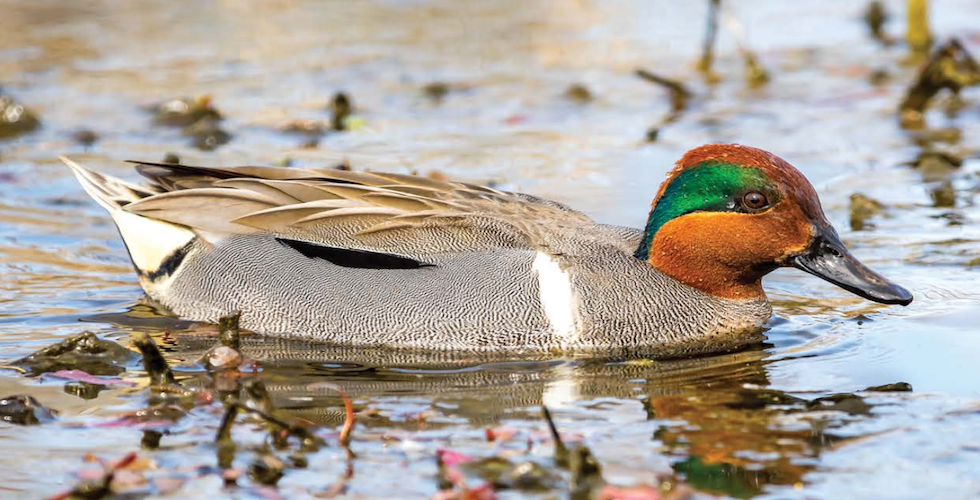
10 Fun Facts About the Critters of Michigan
Michigan is famous for its lakes, weather (especially cold winters), and abundant wildlife. Michigan gets its name from the Ojibwe people, who have lived in Michigan for more than 1,000 years. Alex Troutman, author of Critters of Michigan, shares fun facts about 10 critters in the state.
Little brown bats are the only mammals that can really fly. All other “flying” mammals use extra skin to glide through the air, while bats can use their wings to achieve lift, just like birds!
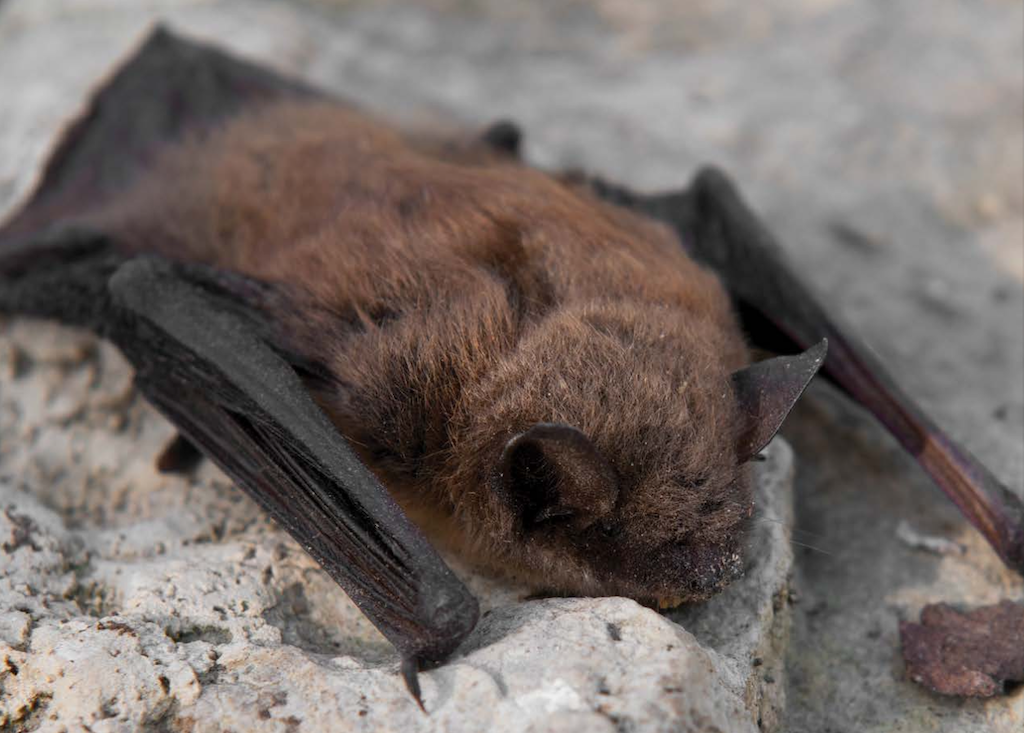
The meadow vole is the largest vole that is found in Michigan. When threatened, voles will stomp their hind feet like a rabbit does. A meadow vole can eat over 50% of its body weight per day.

Snowshoe hares can run over 20 miles per hour and can jump over 8 feet in a single leap. Their name comes from their hind feet, which are large and furry and look (and act) like snowshoes.

The wolverine is the largest member of the weasel family that lives on land. Wolverines will spray their food stash with a funky odor to prevent other animals from stealing it. Some people call them “Skunk Bears” due to their bear-like movement and pattern that resembles a skunk. They are small but mighty animals, about as big as a medium-size dog, and they can take down animals over three times their size.
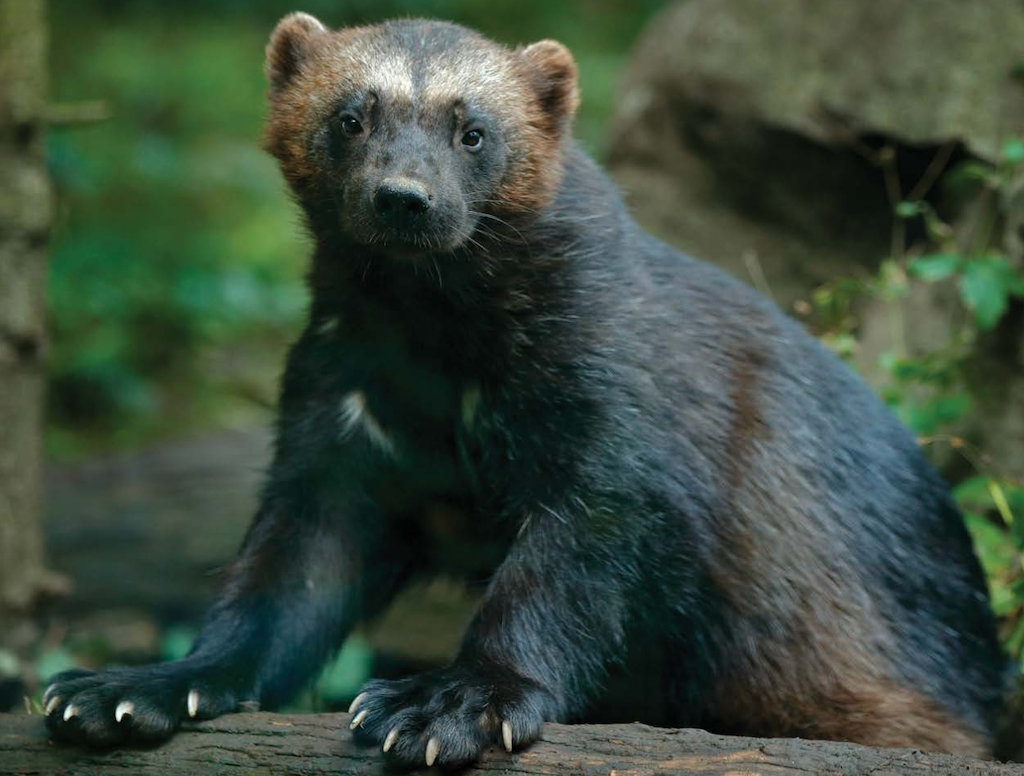
The bald eagle is an endangered species success story! The bald eagle was once endangered due to a pesticide called DDT that weakened eggshells and caused them to crack early. Through the banning of DDT and other conservation efforts, the bald eagle population recovered, and it was removed from the Endangered Species List in July of 2007.

Kingfishers inspired human technology! Bullet trains around the world are designed after the kingfisher’s beak, which allows them to dive into water without a splash. This design was used in bullet trains to allow them to enter into tunnels without making a large booming sound. This process of modeling human technology after animal features is called biomimicry.
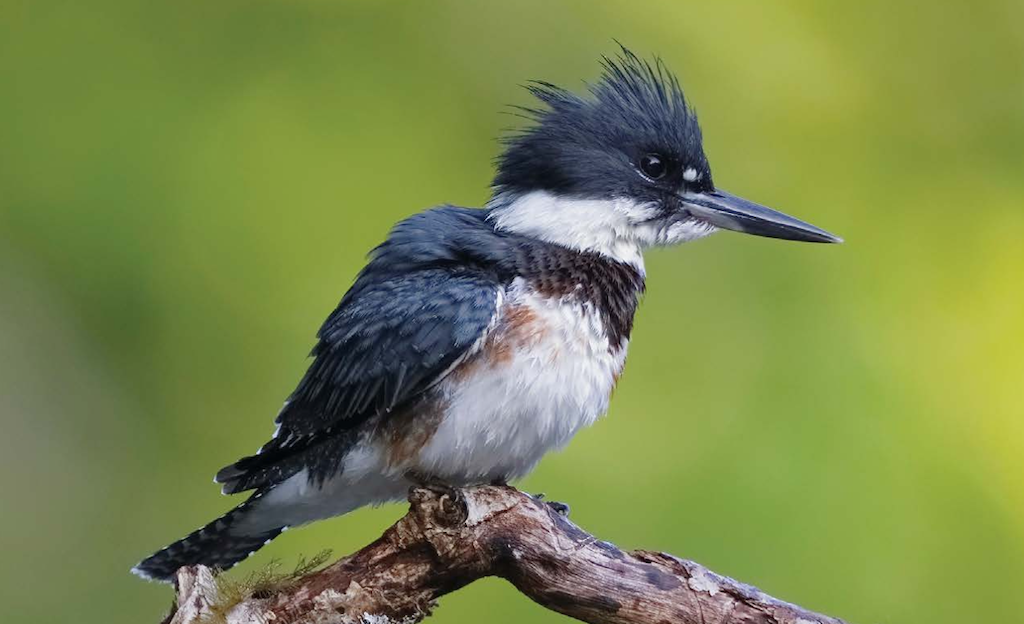
The green-winged teal is the smallest of the dabbling ducks that are native to America. They can reach speeds of up to 60 miles per hour (mph). Teals will dive underwater to avoid predators.
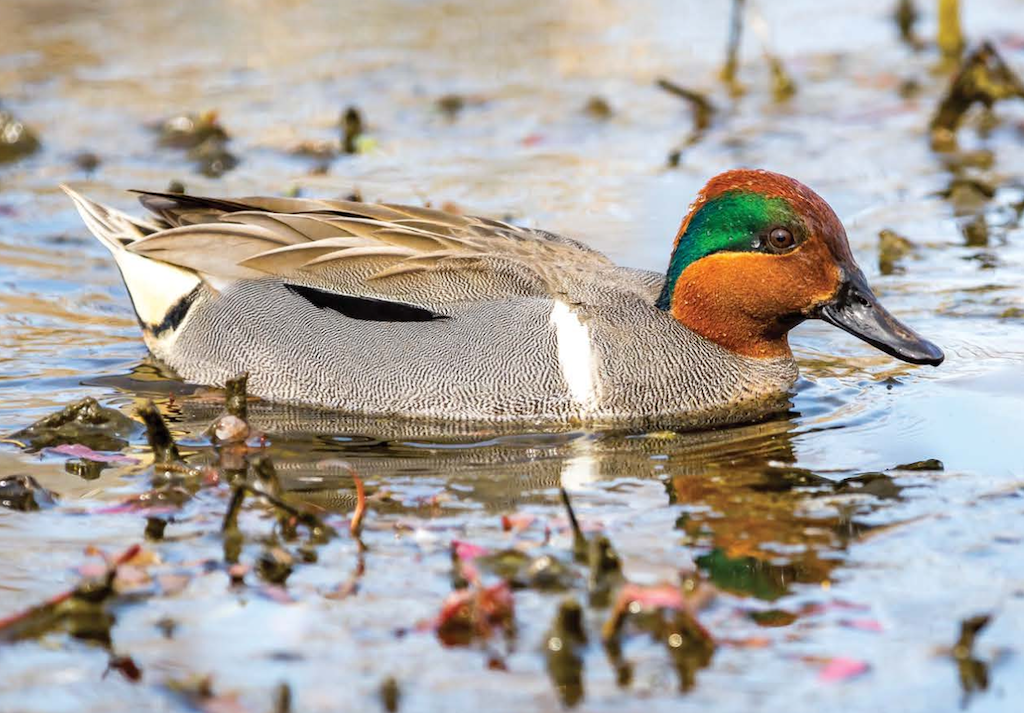
Rose-breasted grosbeaks are famous for their melodic songs. During the mating season, males may sing up to 689 songs in a day while advertising their breeding territories. Rose-breasted grosbeaks are very strong fliers; during migration, they are able to fly through the Gulf of Mexico without stopping, which is over 500 miles (805 km)!
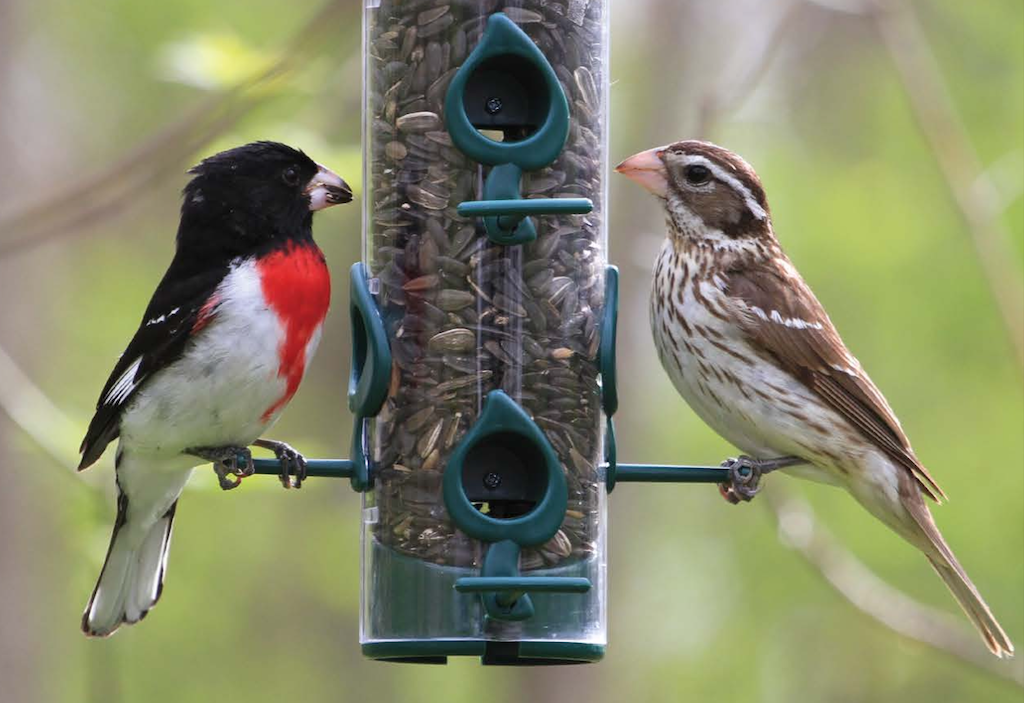
The smallest bird you can find in Michigan is the ruby-throated hummingbird. During migration, male hummingbirds will utilize sapsucker (woodpecker) sap wells to get nutrients because of the lack of flowering plants in early spring. Hummingbirds can achieve 200 wing beats per second.
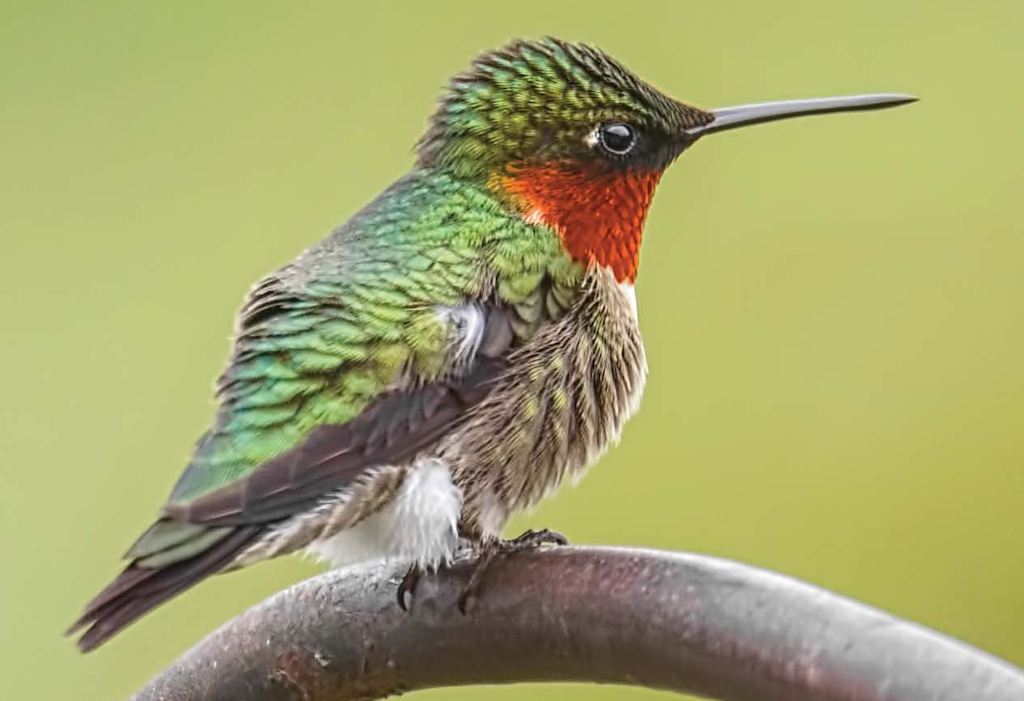
White-breasted nuthatches are all about home security. When leaving the nesting cavity, they will put pieces of fur or vegetation around their home to make it harder for predators to smell the nest. Sometimes, they will take it a step further and rub blister beetles near the entrance; the smell from the beetles will deter squirrels from invading the nest.
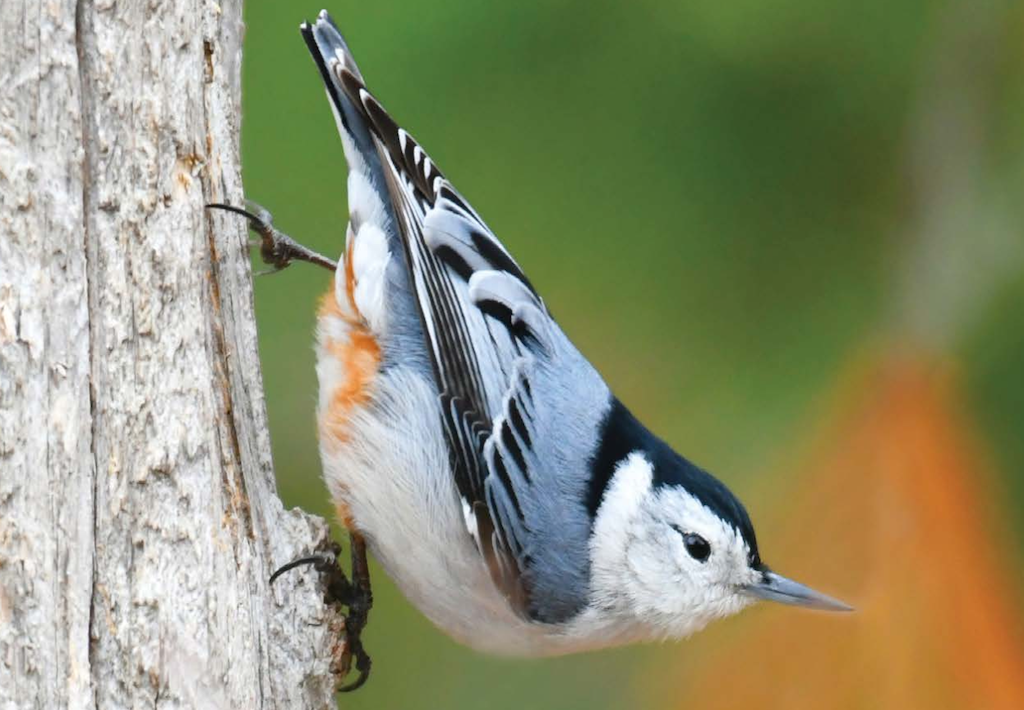
Get wild about nature with Critters of Michigan, and order your copy here! If you enjoyed this post, please sign up for our newsletter now! #bewellbeoutdoors


